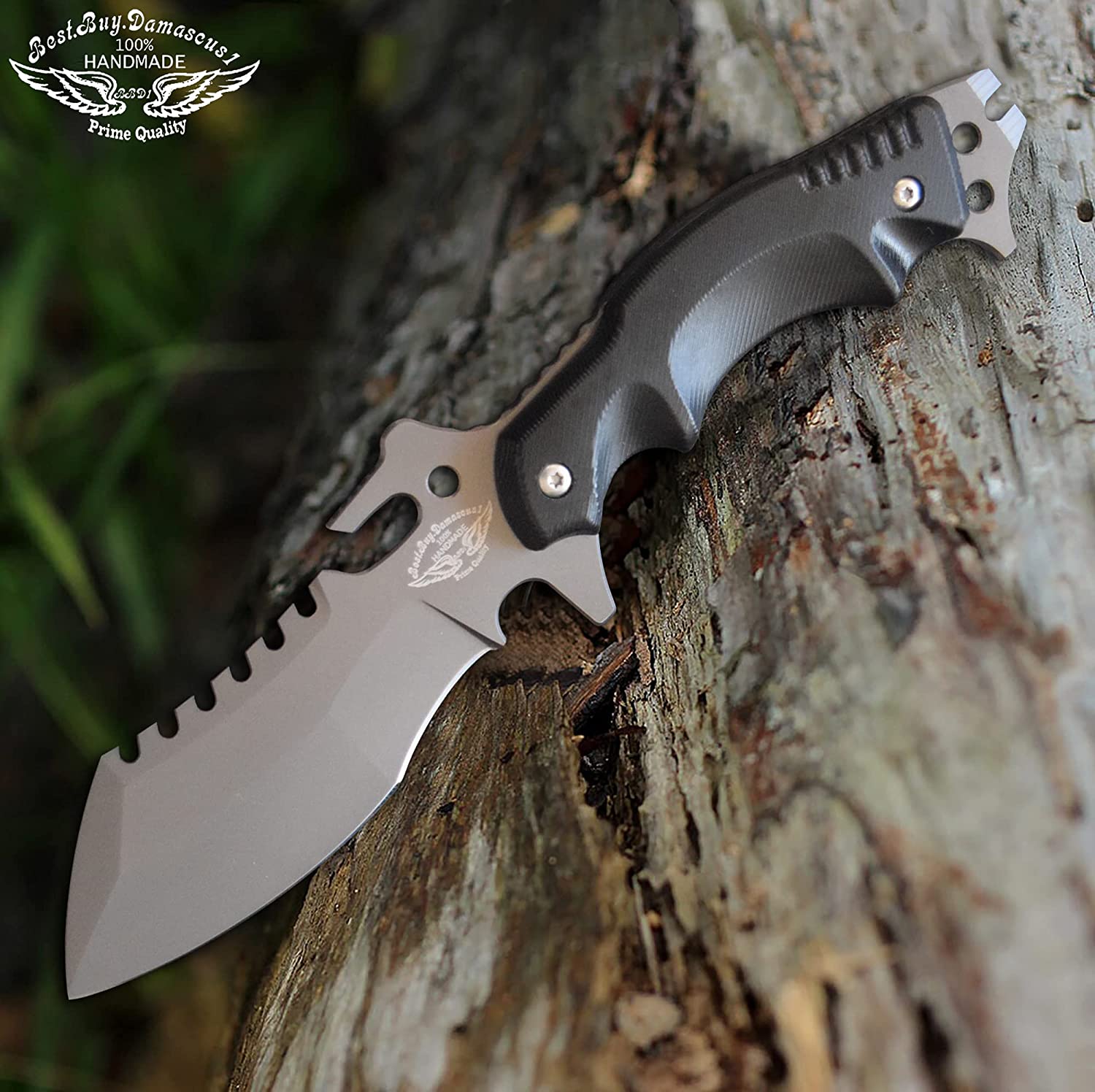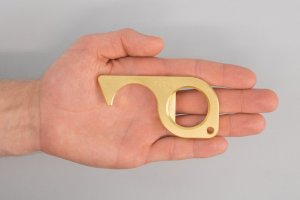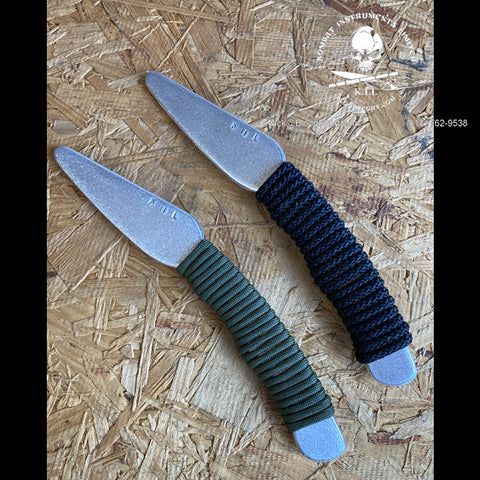
There are many different types of knife blades. Each blade is suited for a specific purpose. For example, a spear point has a very sharp point and is used for piercing and grabbing. Another type of knife blade features a curved edge, which is useful for cutting carpet and linoleum. The spine of the knife blade is dull. This allows you to apply more force to it and increases your control. Each type of blade serves a different purpose and should therefore be used according its specific shape and material.
Drop point
Drop point knives feature a flat, broad belly and a flat front that make it easy to slice. This knife is well-suited for everyday carry and hunting. A large belly makes it easy for wood to be batoned. The blade is easy to control and won't cut too deeply.
Drop point knives are longer and thicker than regular blades. However, the edge is less sharp and less suited for stabbing. It also features a longer blade that makes it easier for cutting.
Spey
Spey knife blades are designed with an aggressive upward curve in the tip and a flat cutting edge. The spine is almost straight and parallel with the blade's edge. This creates a short belly and wide tip. The blade was traditionally used for castrating livestock and is now popular among hunters and fisherman as a versatile tool.

Spey blades don't usually appear alone. They are often included in multi-blade hunting knives and fixed multi-blade blades. These blades can be useful for a variety of tasks and are stronger than clip point blades. Modern versions are usually made of better-quality steels.
Cleaver
A cleaver is a handy kitchen tool that is perfect for everyday use. The handles and blades have a sharp edge. Cleaver knife blades can be found in several different styles. Some are intended for professional use, others for home use.
Cleavers have razor-sharp blades that can cut through meat or bones. These knives are made from high carbon steel and vacuum-treated for their best mechanical properties. Cleaver knife blades can also be dishwasher safe.
Sheepsfoot
The tip shape is what makes a Wharncliffe knife different from a Sheepsfoot. The tip of the latter knife is more suitable for piercing purposes and has a sharper tip. Knowing the differences between them is essential to help you choose the right knife for your needs.
Sheepsfoot knives are a versatile tool. They are the closest blade to a razor blade. These blades are ideal for opening and cutting through stiff cellulose. These blades are used in Japanese santoku knives and other kitchen knives. These blades are small enough to be used with your fingers.

Tanto
Original development of tanto knife blades came from Japan. This was also the time of Japan's first sogun. It was a military government which ruled over feudal Japan. The samurai were able to enjoy relative peace during this period, but the history of Tanto blade saw dramatic changes. Once a vital weapon the Tanto knife was no longer used. It is now an ornamental tool and is used only for ceremonial purposes.
Tanto knives have flat blades that are easy to sharpen in a field. Tanto knives can be sharpened using a sharpstone despite the fact that their edges are flat and not curvy.
FAQ
How much does it cost to enroll in a self-defense course?
There are many self defence courses. The price varies depending on where you live and whether you attend in person or online.
Some schools charge just $50 per Month, while others charge upto $200.
Local community centers are a great option if you are looking for an affordable alternative. Many of these centers offer free self defense lessons.
What are some self-defense tips that women can use?
Self-defense is about being able to respond quickly. This means that you should be prepared for anything.
Training with a friend can be one of the best things. Partnering with a friend will enable you to practice together, and improve your technique.
Another tip is to practice with something heavy. You'll be more likely than your attacker to attack you if you have something heavy.
What can you do to keep yourself safe if it isn't possible to protect your self?
If you aren't physically able defend yourself from an attack, then you should seek out someone who is.
It may be necessary to ask for help. You may have to call the 911 emergency number. If you don't act, you may die.
You can also reach out to your local domestic violence shelter. Many shelters offer safety planning classes to teach women how to protect themselves.
Statistics
- In a January 2018 survey of 1,000 women nationwide, 81 percent reported experiencing some form of sexual harassment, assault, or both in their lifetime. (healthline.com)
- Some people walk into a gym thinking they are going to become the best by training whenever they like and not putting 100% effort in. (budodragon.com)
- Saying this, Self defense 101 would be the importance of situational awareness, which can never be replaced by the finest of martial arts, because it is this that would help you to avoid any likely attacks in the first place. (worldofselfdefense.com)
- The Rape, Abuse & Incest National Network reports that 70 percent of sexual violence cases aren't committed by random strangers in a dark alley but by people we know: friends, family, partners, co-workers, etc. (healthline.com)
External Links
How To
How to use Kubotans for self-defense
Kubotan is small sticks used as weapons by Okinawan martial arts masters. They were originally made of bamboo, but have been replaced with metal or plastic.
They typically measure between 5cm and 2cm.
The Kubotan is designed for striking at an opponent's eyes and nose. It can also be used against other body parts, such as elbows or knees.
Women often use Kubotan because they are easy to carry, lightweight, and can easily be concealed when not needed.
It is important to know the exact spot where you should place the Kubotan stick in order to make it work.
Also, practice using the Kubotan to ensure you hit the right spots.
These steps will show you how to use the Kubotan for self-defense.
-
Face the attacker
-
Hold the Kubotan between your thumbs and index fingers.
-
Lift the Kubotan's arm above your head.
-
The Kubotan should be lowered towards the attacker's face.
-
Strike the attacker on the nose, eye, or mouth area.
-
As the Kubotan hits the target, you should see its impact.
-
Continue to swing your Kubotan until the Kubotan makes a "thwacking sound".
-
Lower the Kubotan to step back
-
Repeat Steps 1-7 if you wish to keep fighting.